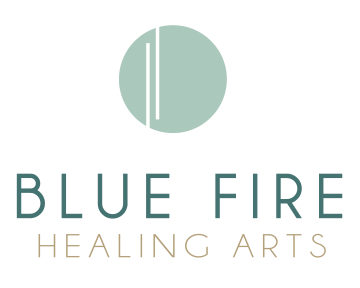
What is TMJ Pain?
TMJ pain can be anywhere from distracting to debilitating.
TMJ stands for temporomandibular joints, referring to the anatomical structures that connect the jawbone to the skull. TMD is the term for temporomandibular joint disorders. According to the National Institute of Dental and Cranifascial Research “the prevalence of temporomandibular joint and muscle disorder (TMJD) is between 5% and 12%.” and while “there is no standard definition for TMJD; it is measured by asking about various types and durations of muscle, joint, and facial pain, difficulty with chewing, joint sounds, etc.”
Causes
The jaw area is a particularly complex meeting of several systems. In addition to this small but crucial joint there are myofascial connections from the scalp, neck, and shoulder all which attach nearby. There is the auditory tube and associated need for fluid passage deep behind these joints and muscles.
Therefore, there may be overlap with ear and sinus fluid congestion, issues with the joint itself, and the surrounding myofascia. Because of the close quarters of all of these different structures there can be several causes which perpetuate each other. Perhaps an initial trauma causes a dislocation, which lead to inflamation and tension. Or stress lead to unconscious clenching of the jaw causing trigger points and some degree of structural changes, etc.
TMD is generally classified by various causes including inflammation, structural changes, muscle tension, jaw dislocation, or degenerative conditions.

Eastern Medicine Perspective
The Eastern medicine perspective utilizes the above causes as additional data points in arriving at a pattern diagnosis. Individual diagnosis and treatment always takes the entire state of health into account.
An acupuncturist also asks other questions to determine best treatment: Are there other areas of inflammation in the body? Is there is tension in the neck, back, scalp, or shoulders? If there is a dislocation was it caused by external trauma or perhaps degeneration or laxity of the structures? If there are trigger points, adhesions, or other patterns of tension what is the underlying cause?
Stress can be a huge trigger in generating tension around the jaw and face, what are the factors contribute to holding stress in the body?
Is there fluid or heat stagnation in the area or in other parts of the body? Is pathological cold or wind a factor? Are there headaches, sinus issues, ear or throat congestion?
All of these together can help determine the best course of treatment.
Treatment with Acupuncture and Facial Gua Sha
In my practice I have found that directly addressing the areas of myofascial tension is tremendously helpful for the majority of TMJ pain. I release knots and areas of tension in and around the jaw, head, and neck using acupuncture. I use facial gua sha to coax residual tension out of the face and jaw and encourage circulation of blood and lymph. The acupuncture treatment in total addresses underlying imbalances while bringing about stress relief.
Self Care Strategies
Facial gua sha tools are easy to come by and use at home. The best tools for the face are the round edge semi-precious stone tools such as jade or quartz. Using a gently gliding motion, move from the chin along the jawline up to the area surrounding the ear. Use pressure as needed to give a massage to areas of tension.
If jaw clenching at night is an issue I receommend practicing letting your jaw go slack, literally having your mouth hang open, particularly before bed, and consciously letting all of those muscles relax. Taking several deep breaths with the jaw slack signals to the body what a relaxed jaw feels like before you fall asleep and help reset that pattern.
Work on any underlying condition whether it is inflammation, chronic stress, posture issues, or healing from an injury with the appropriate healthcare practitioner.
Sources
https://www.nidcr.nih.gov/research/data-statistics/facial-pain/prevalence
https://www.acupuncturetoday.com/mpacms/at/article.php?id=32862
